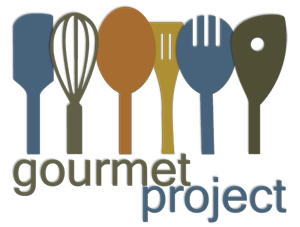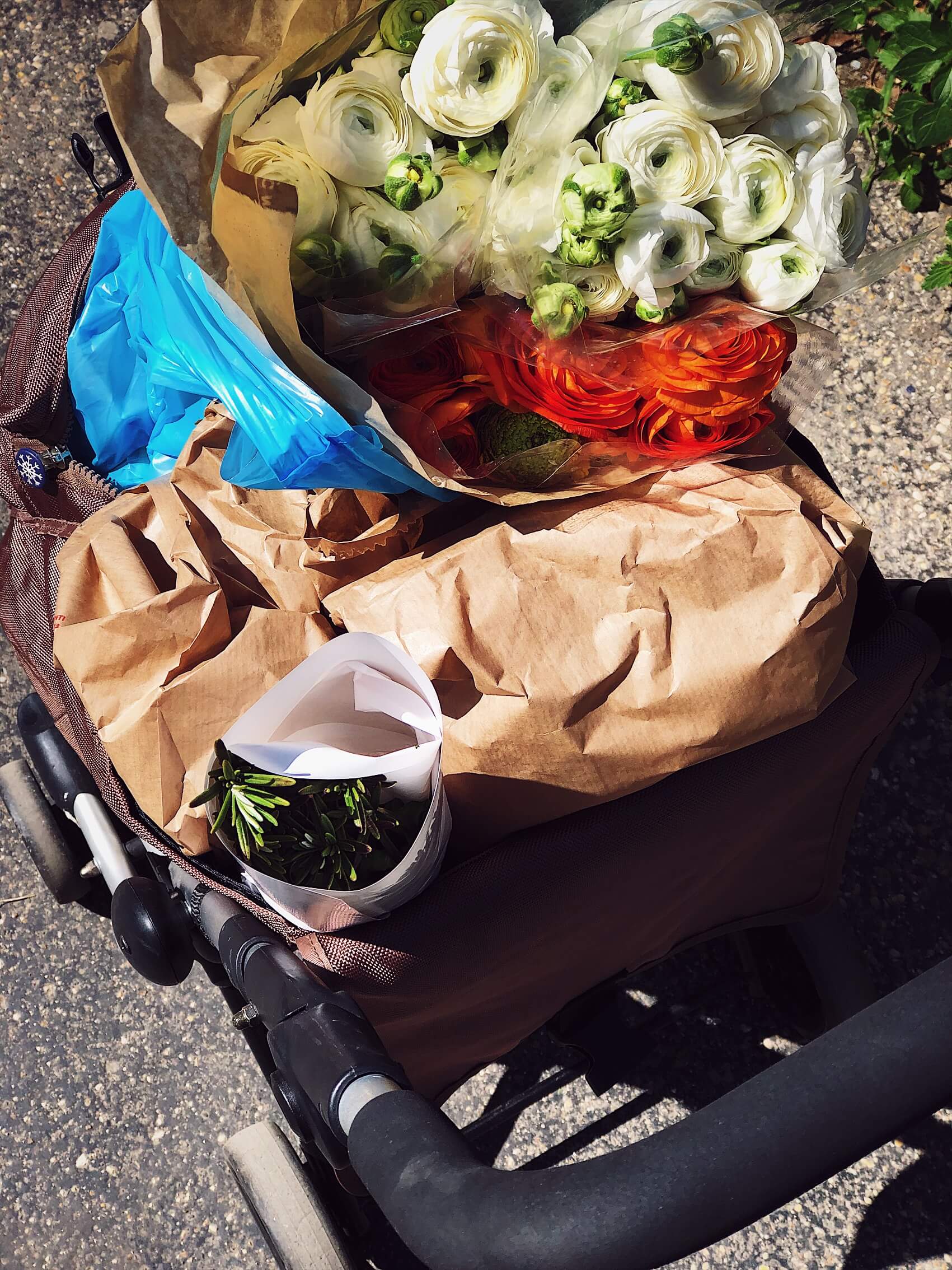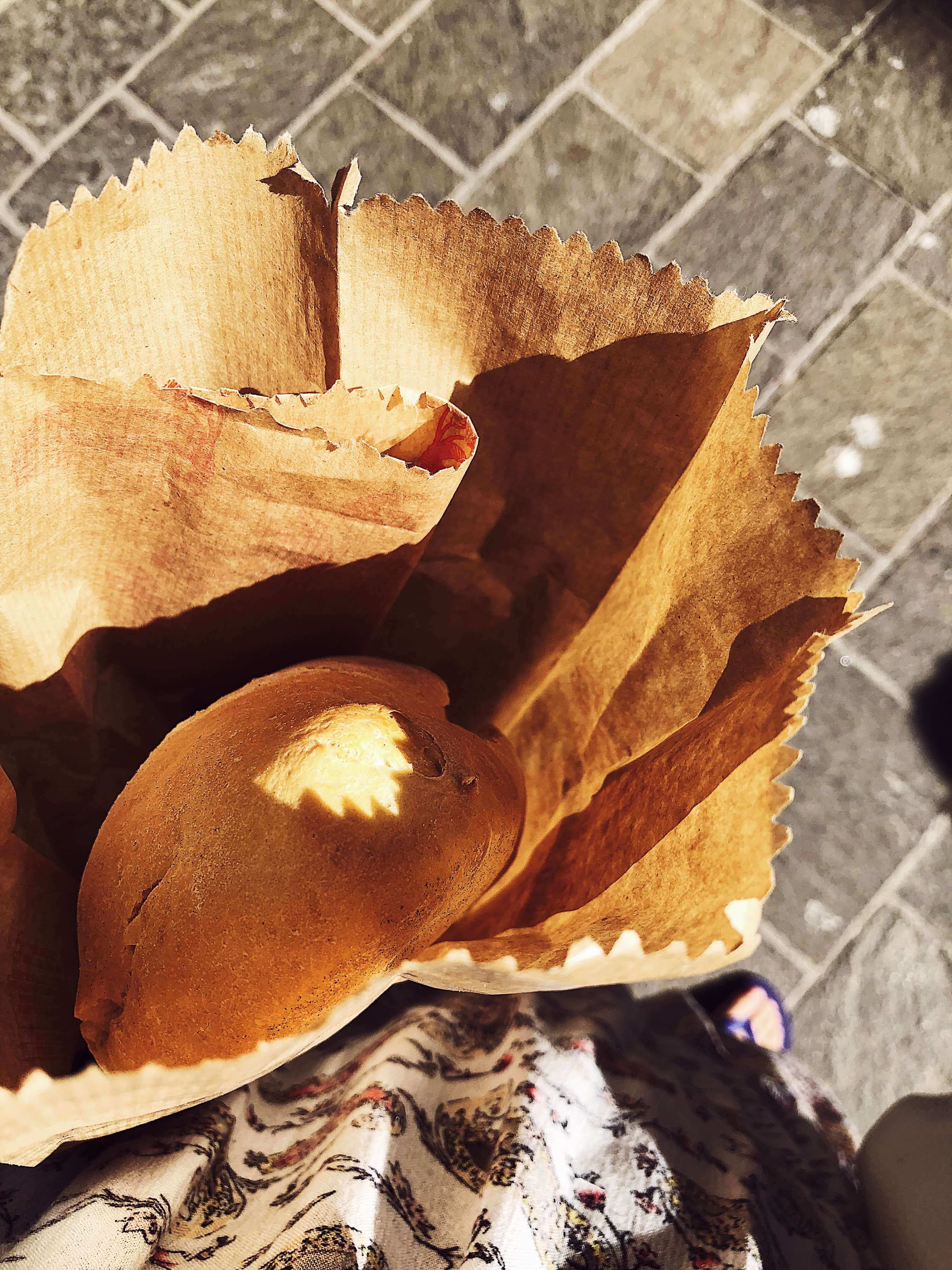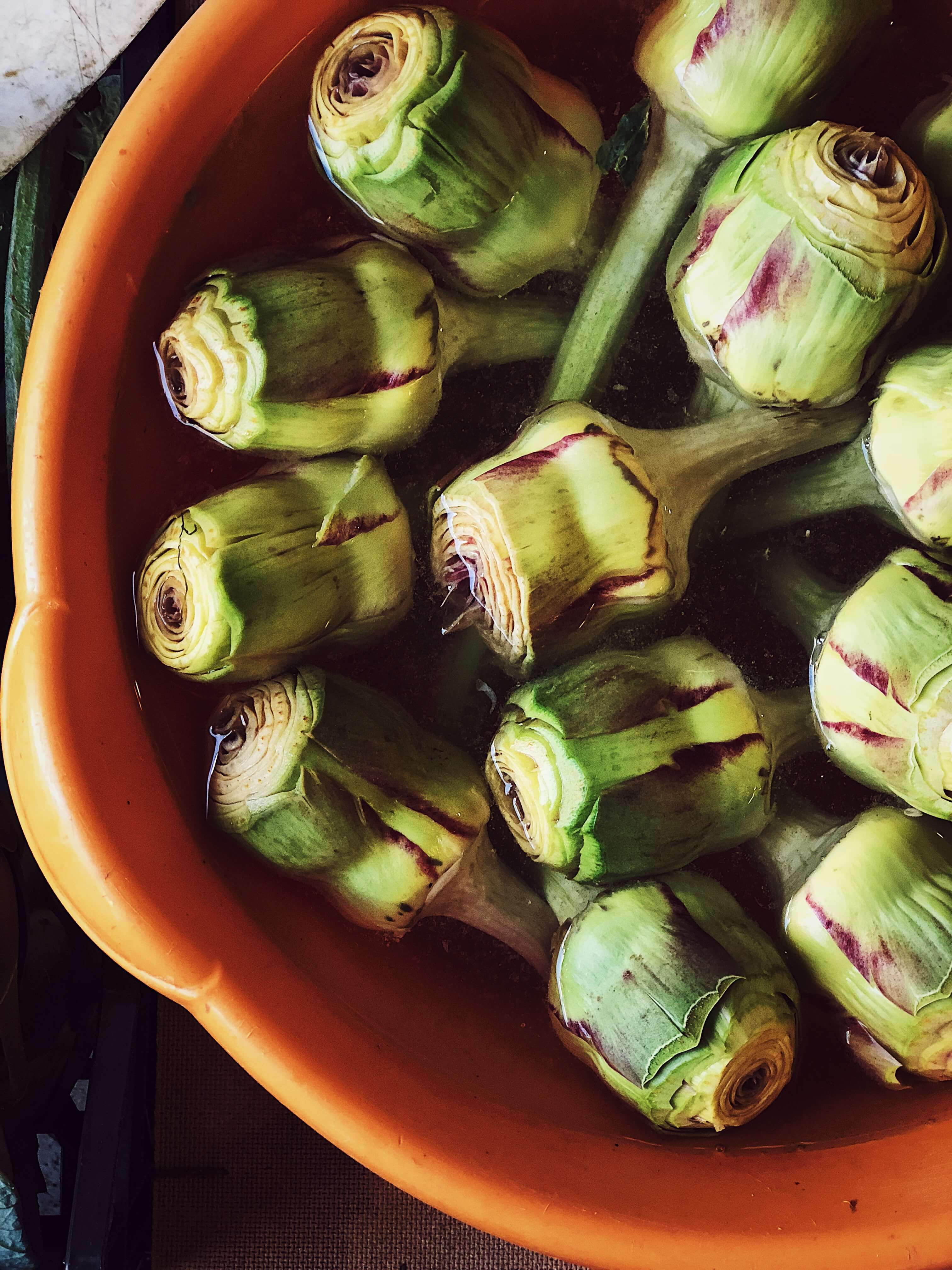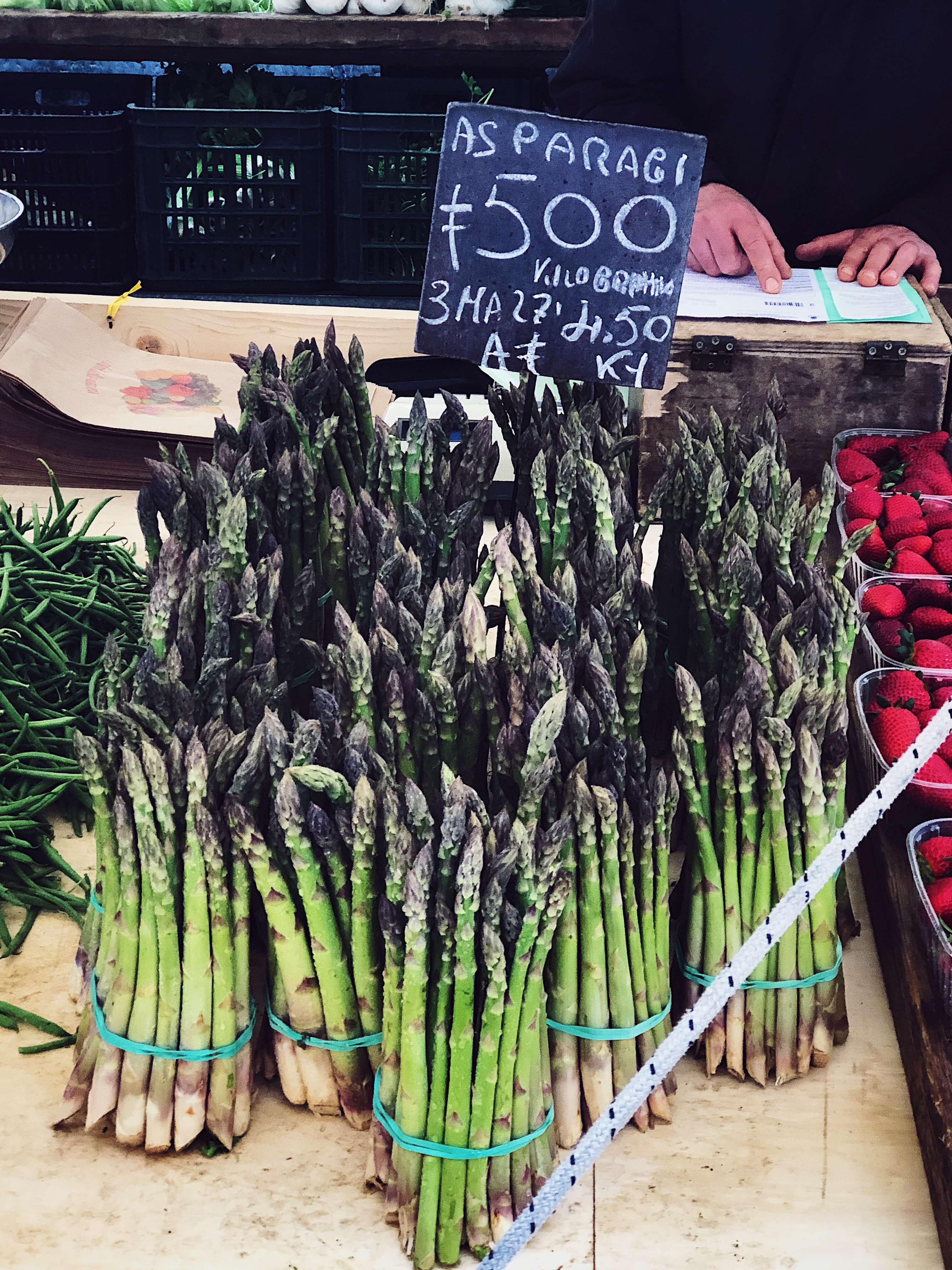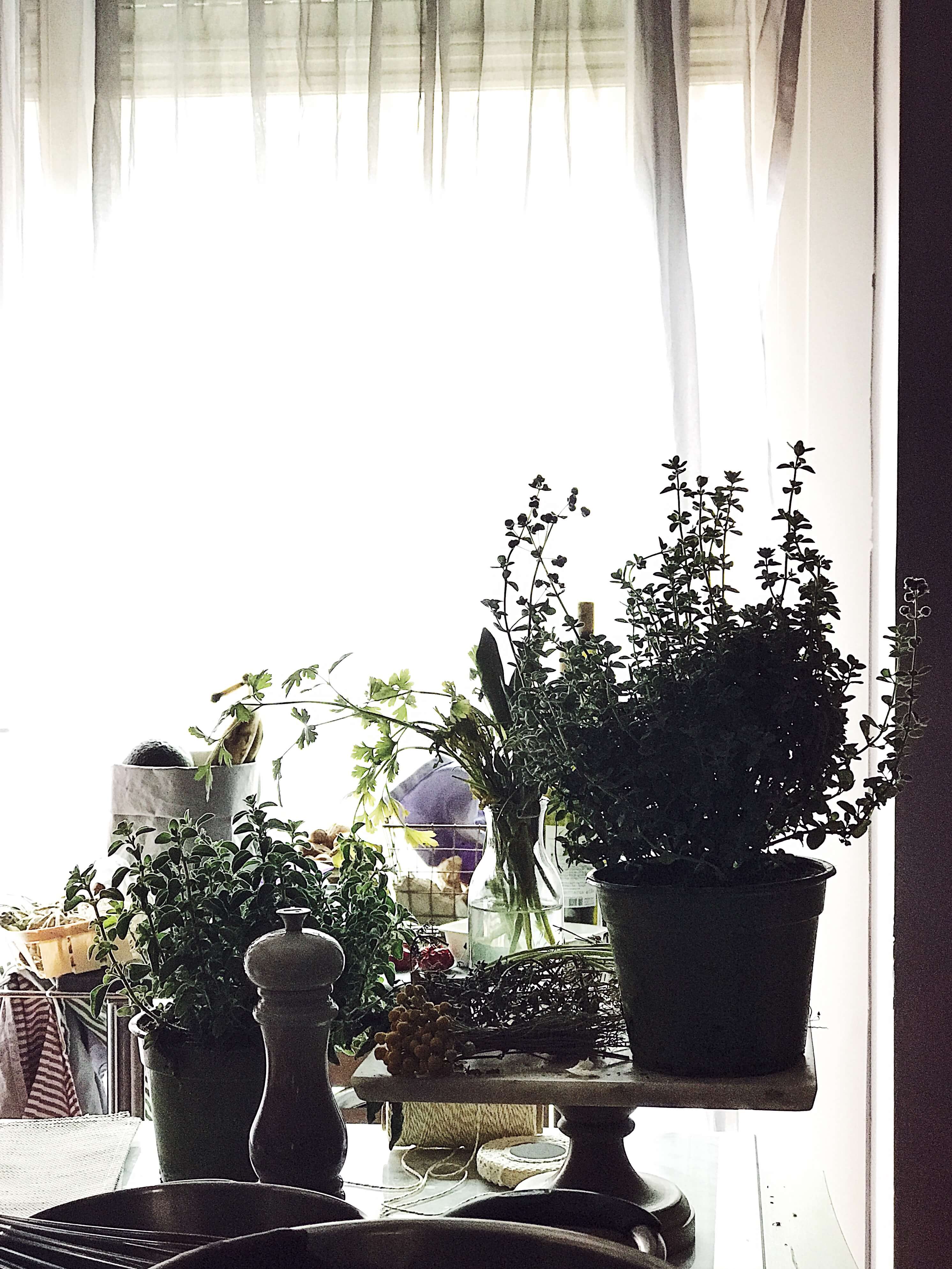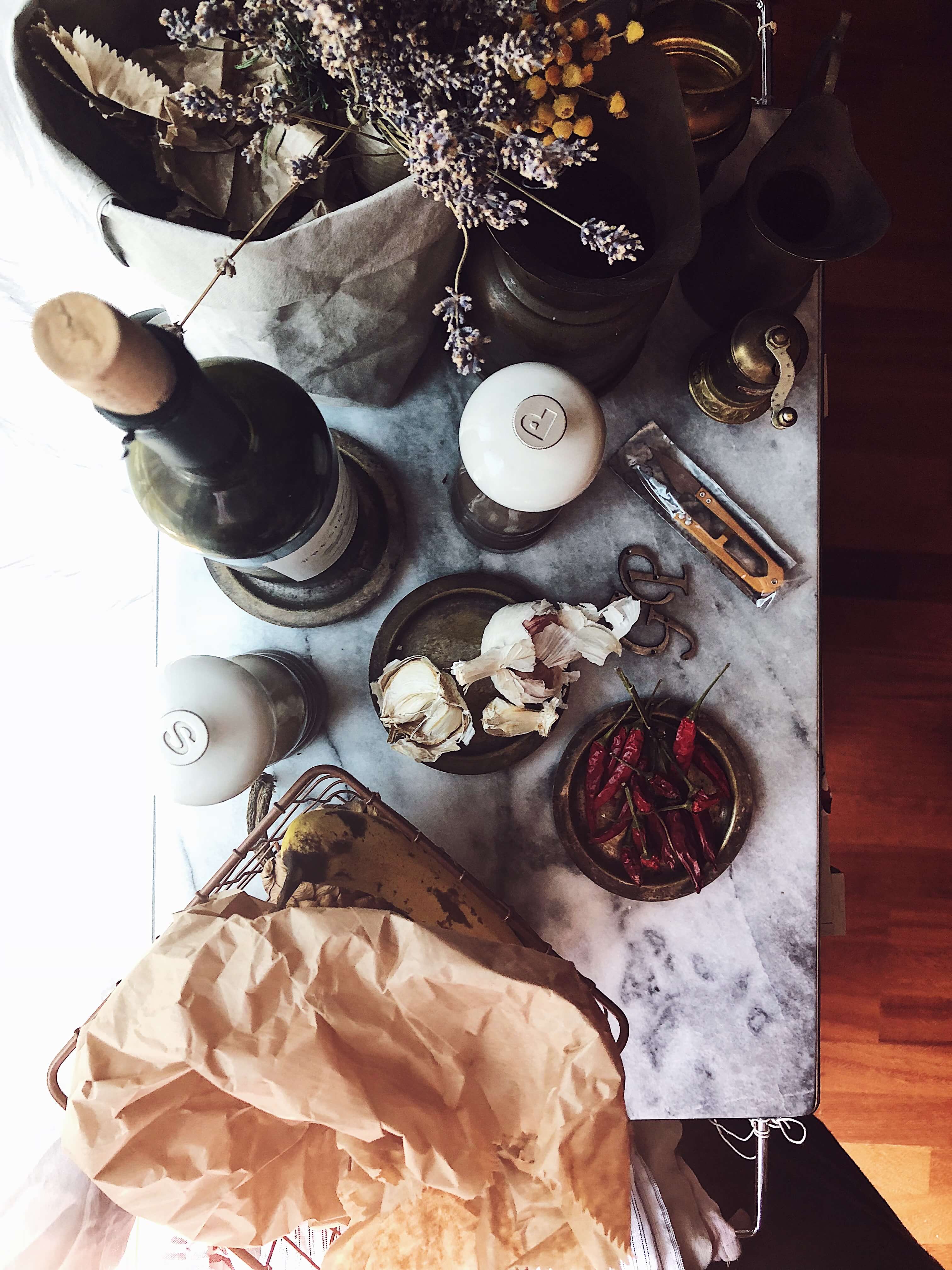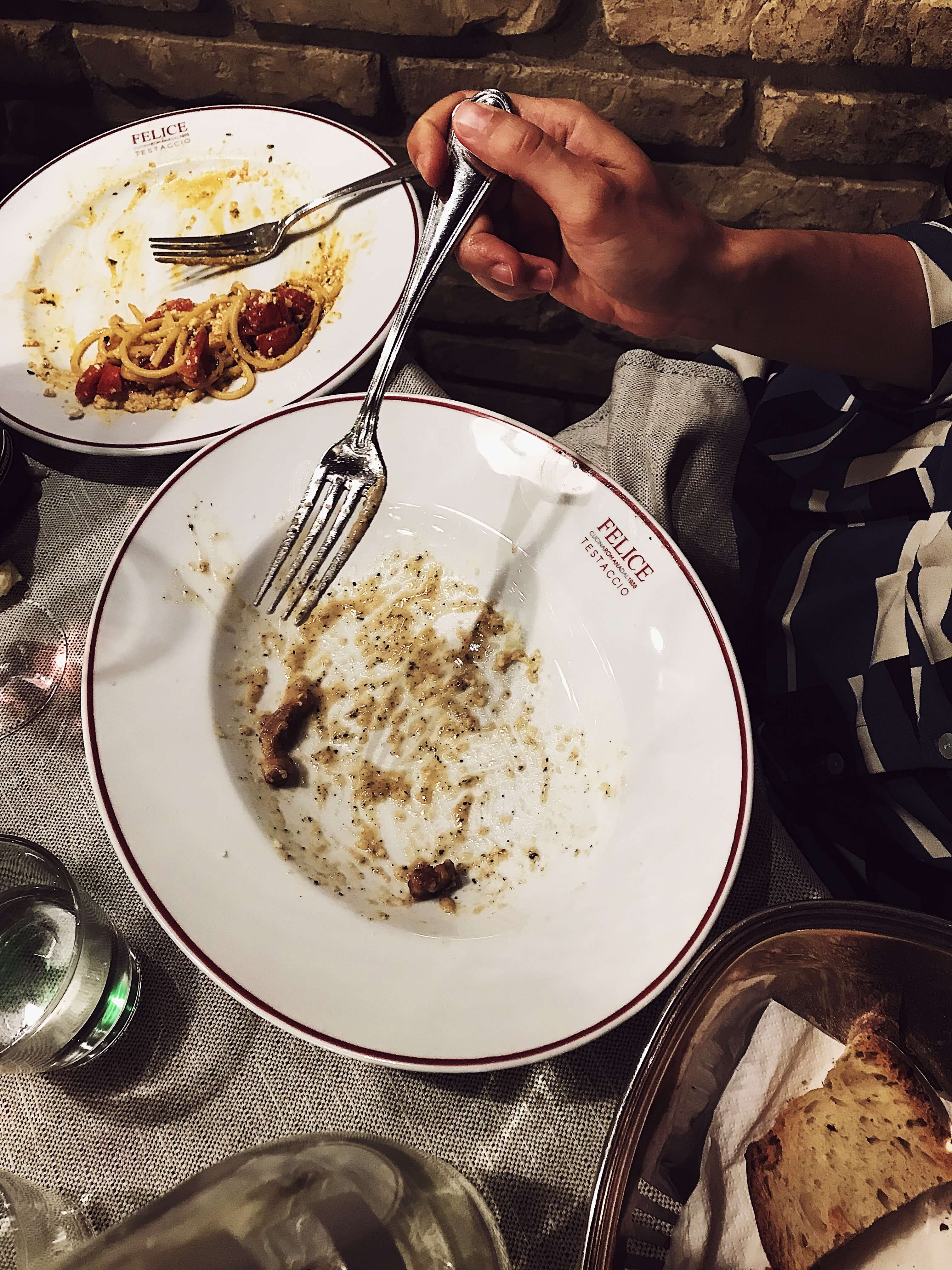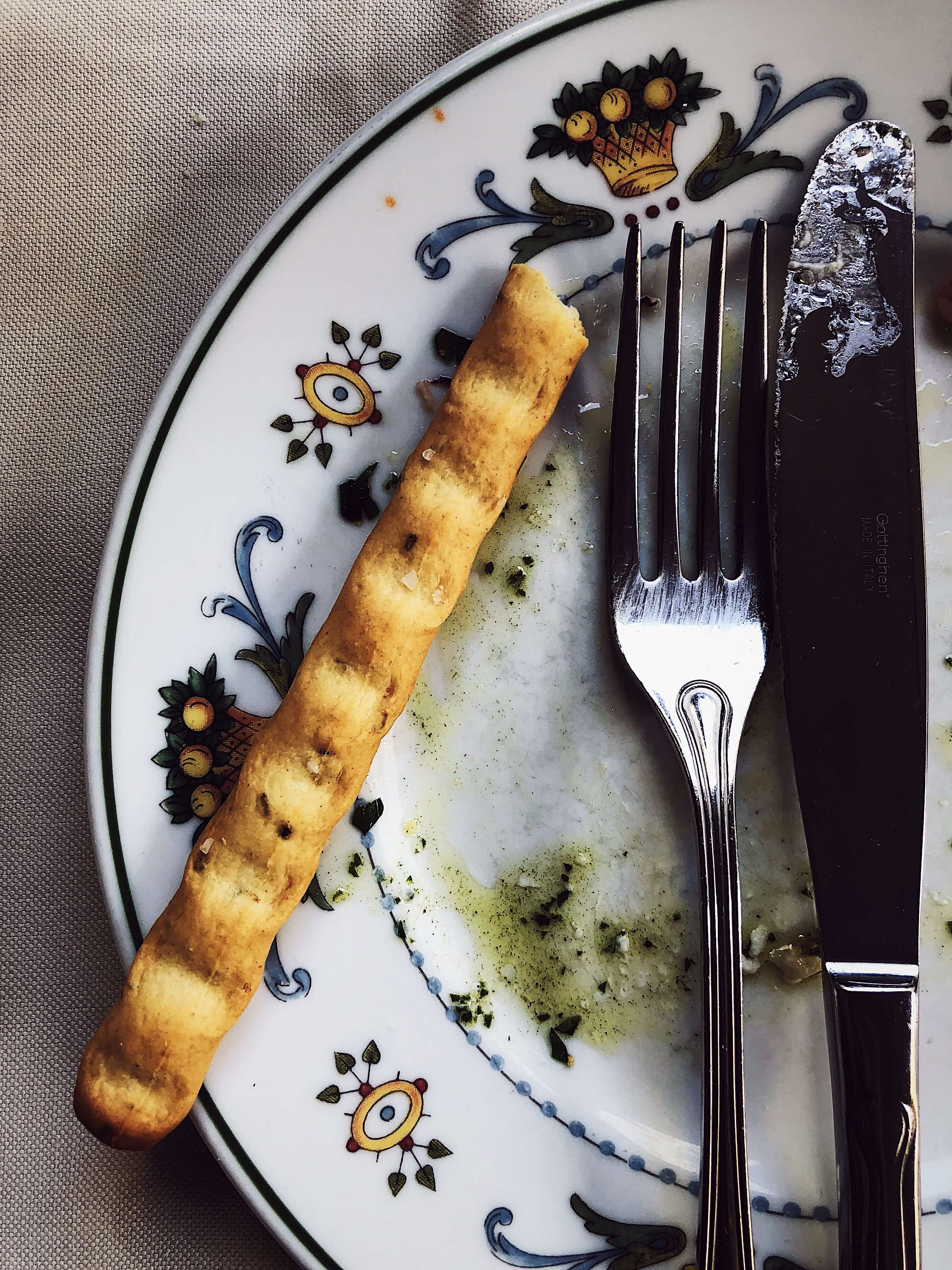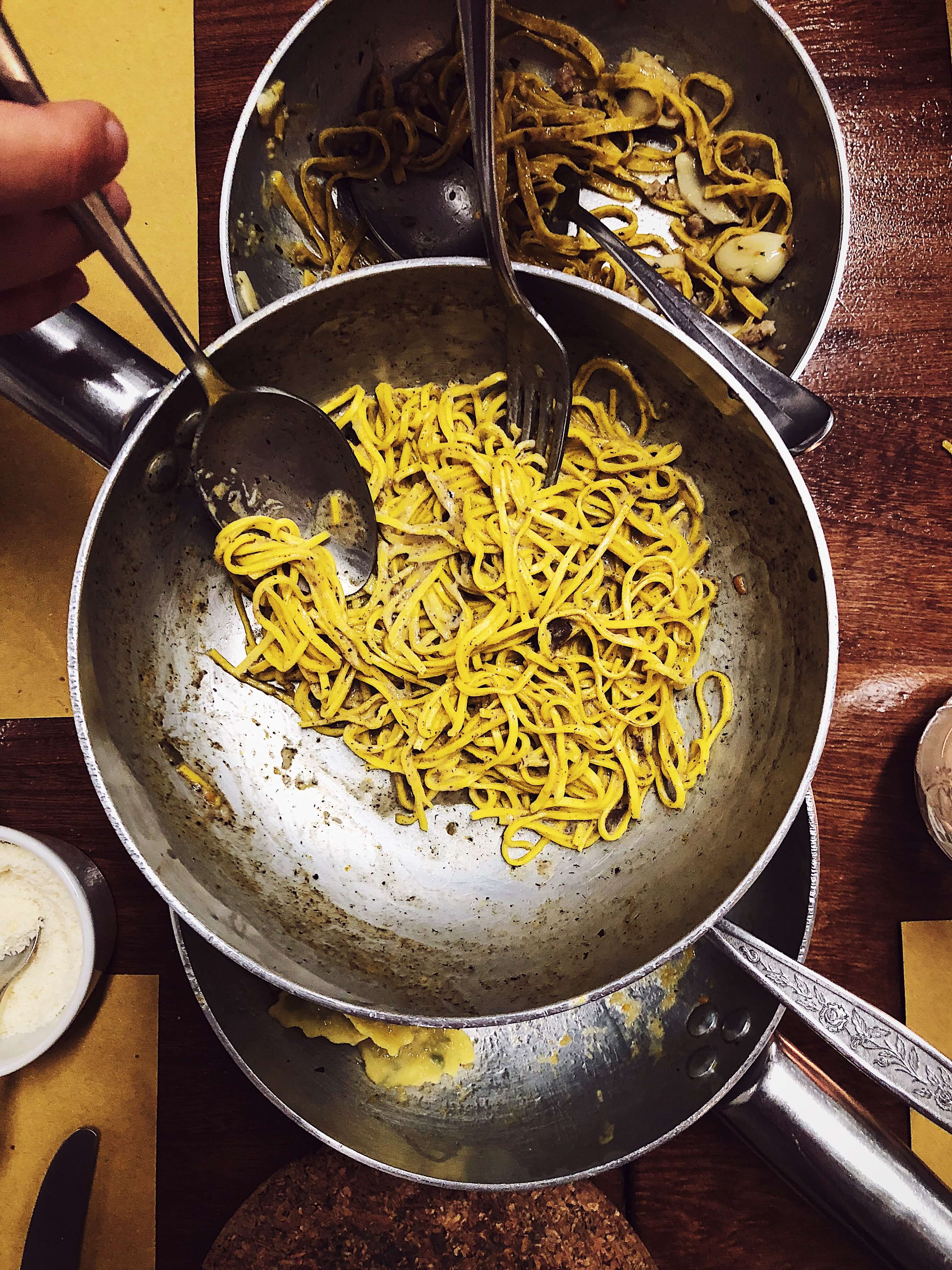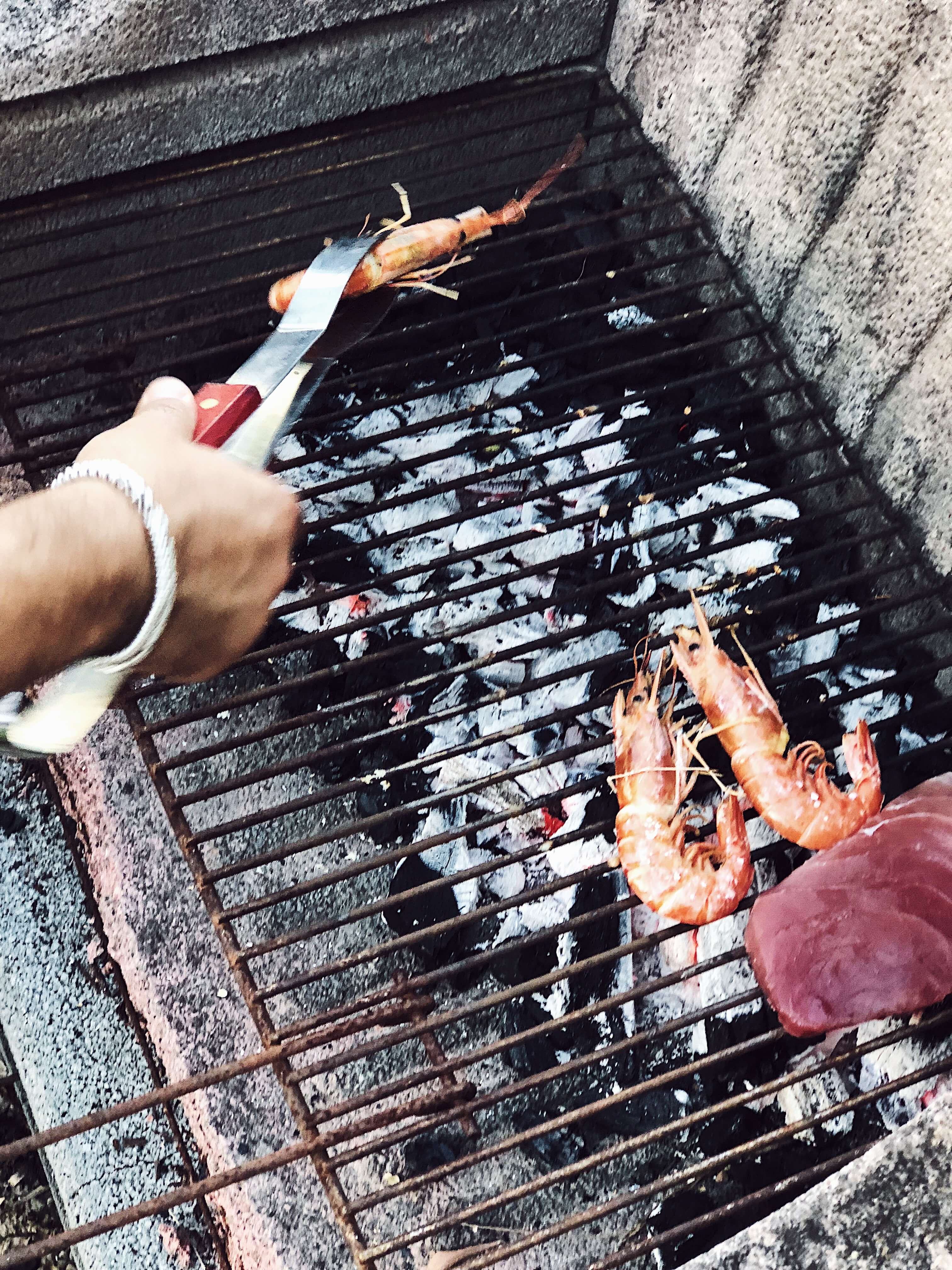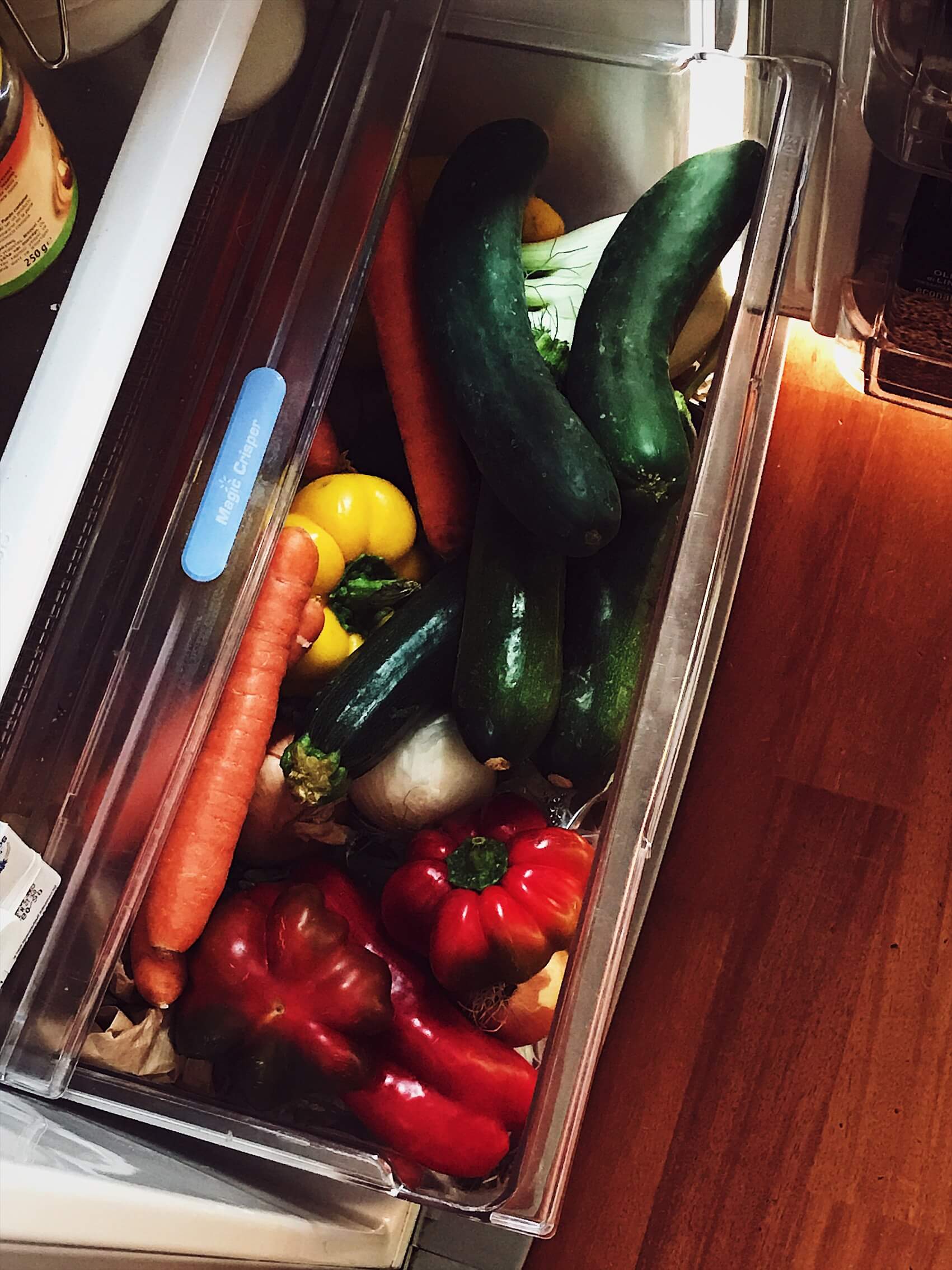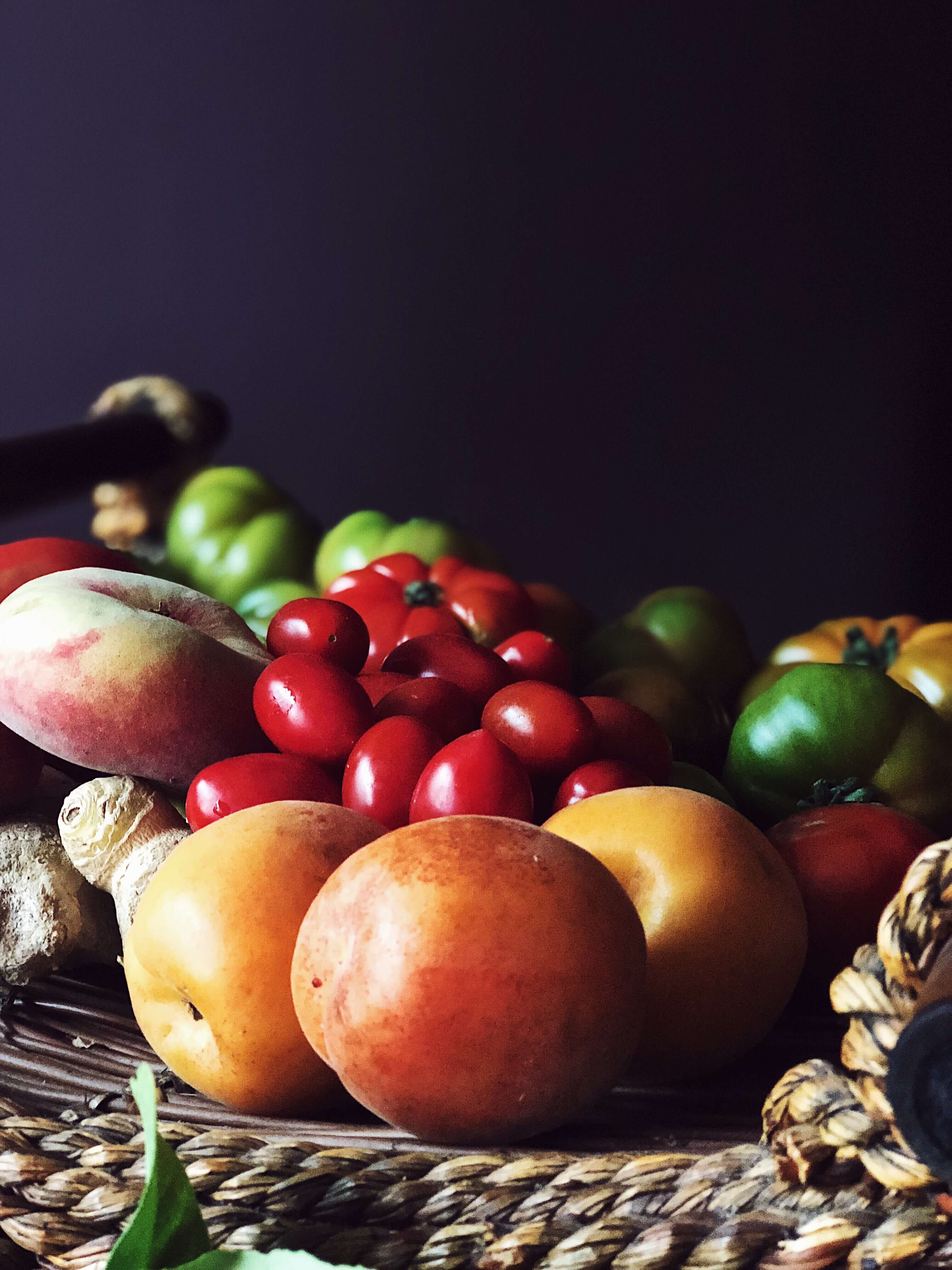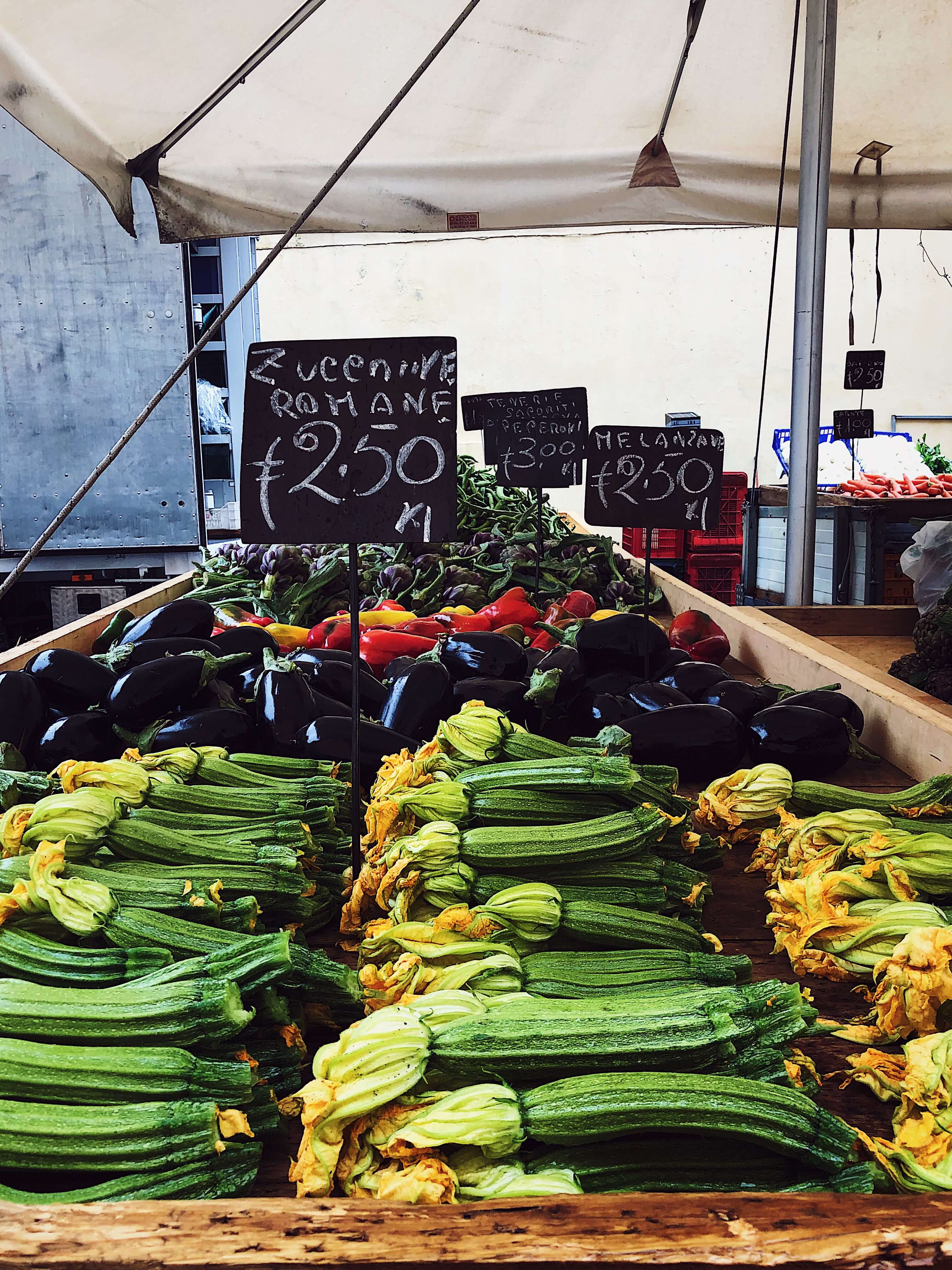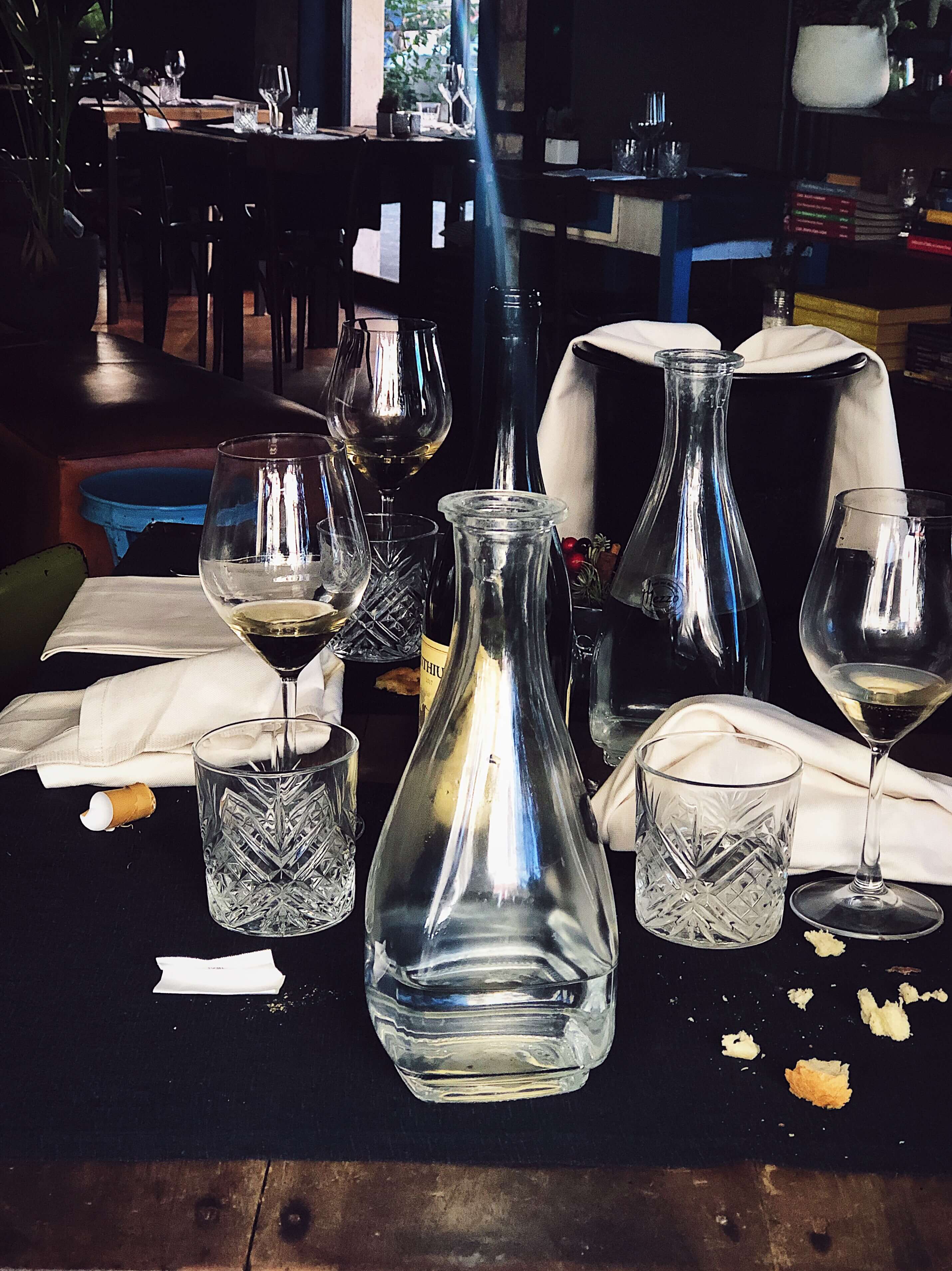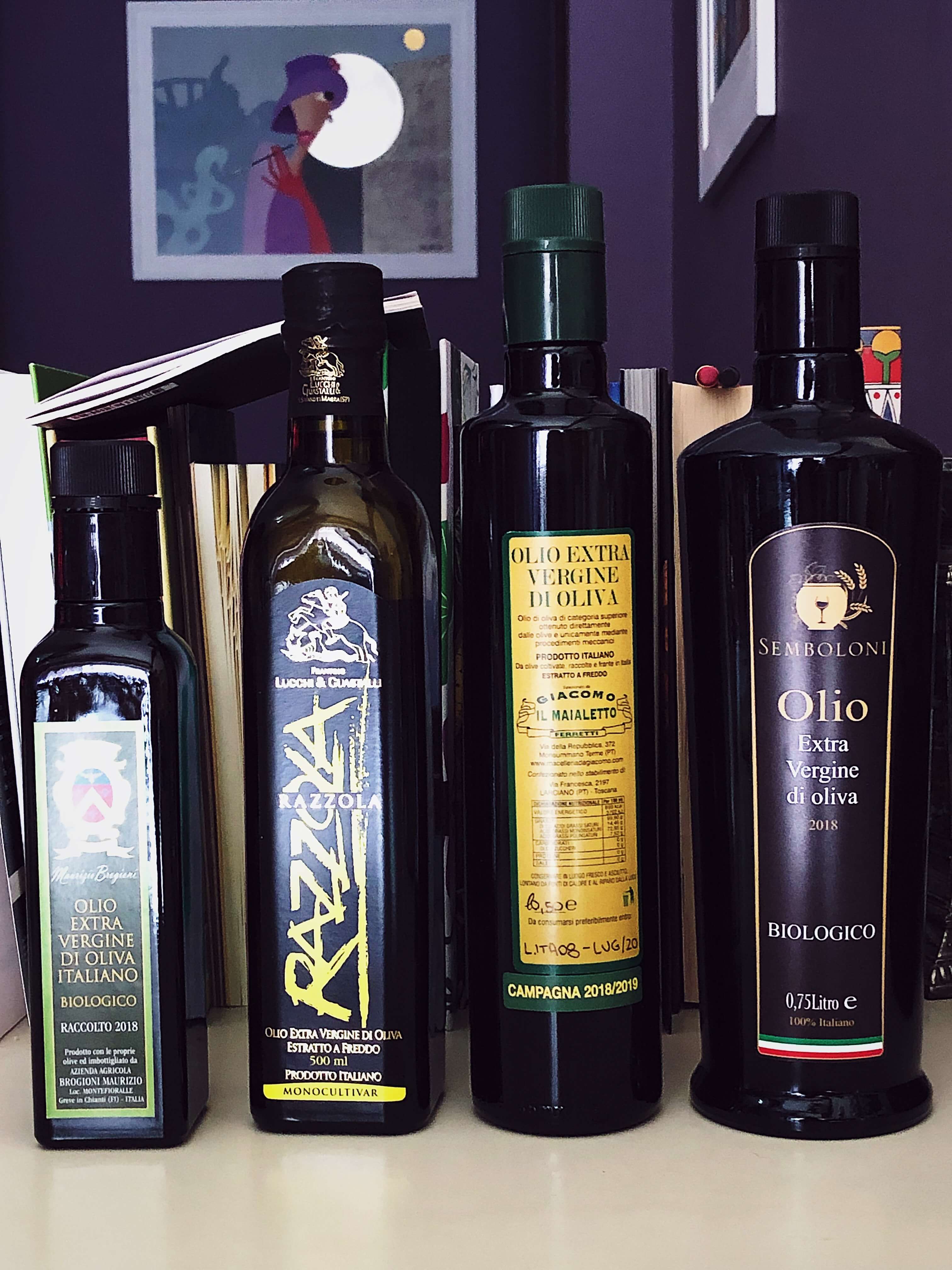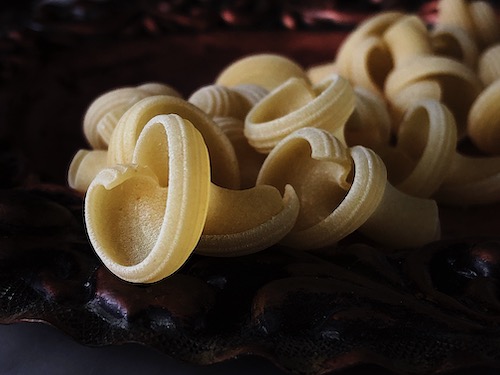Learn a few fundamentals of Italian eating customs: your life will be enriched with flavors, textures, and pleasures.
Italian eating is an art
Italians life turns a lot around food and meals. From the effort of selecting the best places for our grocery shopping to the time spent in the kitchen, and the hours spent around the table.
The OECD Better Life Index, that brings together internationally comparable measures of well-being, includes statistics of “Time spent eating and drinking”. And Italy is second only to France, with an average of 2h 05m spent daily. We are followed by Greece and Spain, while Canada and the United States halve the time spent (1h 04 m for Canada and 1h 01m for the USA).
Italian eating habits
Italian eating habits, especially on weekends or at dinnertime, include a series of rituals.
Italian eating patterns include opening a bottle of red wine at least an hour before the meal, to let it decant. Or slicing the bread and toasting it in the oven, to get the perfect crunchiness. And then pouring on it a few drops of cold pressed, locally produced, extra-virgin olive oil.
The meal begins with a chorus of “buon appetito”, the Italian saying before eating, which translates into “have a good appetite”. To be honest, modern Italian eating etiquette has banned this lovely habit, which makes me really sad!
Only for Italophiles
Culinary journeys through Italy: my Italian travel cookbooks.
The Italian way of eating is slow and pleasant.
There’s chatting, there are updates, there’s gossiping and a lot of talking about the food we are eating, the food we ate, and the food we are going to eat in the future!
There’s also kissing and complimenting the chef.
Italian family eating time is full of love, kindness, and pleasure.
That’s how those two and more hours are filled. An apotheosis of all we’ve worked for before culminating in a wonderful “pasto” (=meal).
In short, the Italian eating culture follows the same life principle according to which you should “lavorare per vivere, non vivere per lavorare”, which translates into “working to live, not living to work”.
Italian eating times
Italians eat 4-5 times a day, rarely in between:
- breakfast is early in the morning;
- there’s a morning snack around 11 am (for some it’s just a coffee break);
- lunch is between 1 and 2 pm, and is usually at least an hour long;
- the afternoon snack is around 4 -5 pm (again, for some it’s just a coffee or tea);
- between 6 and 7 pm it’s aperitivo time: something to drink (alcoholic or not), a snack like nuts or olives, and an excuse to meet friends after work or on weekends. This is not an everyday custom, but a pleasant exception.
- and dinner is around 8-9 pm (a little earlier if you go North, a little later if you go South).
Italian eating rules
If you’ve subscribed to my newsletter, the following is no new news for you, as it is the first thing I tell new entries. But you might like to refresh your mind: I do love to read, every now and then, and especially when I get lazy, and frozen meals seem less evil than usual, these rules, that are more principles – remember, we are talking about pleasure, and pleasures are rarely accompanied by rules.
Italian eating rule number 1: cook only if and when you want to
If not, make a caprese salad.
You shouldn’t force yourself to do something you don’t want to. Especially when talking about cooking. Your enthusiasm, your care, and your feelings pass to the food you make. If you don’t have them or you have the opposite feelings, you’ll probably cook horribly or, without any apparent reason, the food will burden your body, your digestion won’t go that smooth, or you’ll have nightmares and a bad sleep night.
This doesn’t mean, at least in my culinary world (where you are so very welcome) that you should opt for unhealthy and poor alternatives.
It means that, luckily, the world is full of super easy, fast – and even from scratch – recipes you can make in no time. Think of a caprese salad: you have nothing else to do but slice a couple tomatoes and mozzarella. Sprinkle them with olive oil and salt, and if at hand, fresh basil, or dried oregano.
Don’t misunderstand me, I’m not the crusader against junk food. To me, it does deserve a place in a balanced life. If you are craving a big fat burger, fries and a coke, you should go for them, and enjoy them too. No guilty feelings. If you do feel guilty, and I’m talking from personal experience, you give this food (and industry) a much greater power than what it deserves. Your body is craving a chocolate chip cookie, and you don’t eat it because “you shouldn’t”? You’ll probably end up eating 20 cookies, plus the apple, the pineapple and the yogurt you ate before them, trying to convince your body they were a healthier option.
If you want to deepen this argument, you should read “Intuitive Eating” by Elyse Resch and Evelyn Tribole. It is so illuminating!
Italian eating rule number 2: take your time
Take your time for evaluating and selecting ingredients, for cooking, for setting the table, for letting red wine decant, for actually savoring the food…
We are all in a hurry, right? Constantly chasing this and that, working, taking care of the ones we love, and squeezing out some time for self-care.
And then we sink into the sofa, turn on the tv and vegetate.
I’m not saying it is easy, but sometimes we should prioritize, and dedicate our energies to something else. Like cooking and having a good time in the kitchen.
Going to the farmer’s market instead of the cinema. Walking around in search of delicatessens (and carrying the bags) instead of going to the gym.
Kneading instead of crying (or after crying, let’s don’t repress our feelings).
Slicing tomatoes instead of watching tv, or better, while watching it.
As for many other physical activities, starting is the key. Many times I’m not in the mood for cooking, AT ALL. But then I start with a little gesture, like opening the fridge, or peeling a potato, or picking fresh herbs from my balcony plants… Without even realizing it, there I am, reinvigorated by a recipe that came to my mind or the anticipation of something good I can make with that peeled potato… I start cooking a meal, probably a simple one, but doing it with recovered energies and enthusiasm.
There is time for living a good life, it all depends on our choices.
Italian eating rule number 3: listen to your suppliers
By suppliers, I mean the butcher, the greengrocer, the fishmonger…
These people are experts and an inexhaustible source of knowledge and inspiration. And as many of us, they like to share their wisdom, they just need to be questioned.
Sometimes they’ll give you a tip, sometimes a whole recipe. And there’s a plus: next time they’ll remember your face, and give you the best piece of meat, the freshest catch, or the tastiest vegetables.
Italian eating rule number 4: opt for fresh and seasonal ingredients
You may have already heard this, but, just in case…
Fruit and vegetables (and fish, yes fish!) are cheaper, tastier and healthier, when in season.
Have you ever met a kid whose mom is quite apprehensive? He’s probably not allowed to get dirty, to play outdoors, to run and sweat, to face other children (and we all know how difficult that is). The result? He get’s ill more often than other children, he looks pale and sickly. He’s organism hasn’t developed defenses that would have made him stronger, healthier.
That’s what happens to produce cultivated in greenhouses and other fake environments. As they are packed with pesticides, that shield them from everything, they don’t have to protect themselves from “the outer world”, they don’t have to make any effort, so they don’t develop… nutrients!
Italian eating rule number 5: enhance the flavors, don’t cover them
Enhance the flavor of every single ingredient: don’t let one overcome the other.
I’m sorry to say this, also because I’m a big fan of REAL American cuisine (soul, southern food is my favorite), but sometimes American food tastes all the same: garlic for savory dishes and sugar for the sweet ones. Of course, I’m talking about fast food, but also of industrial food/meals (that we now have in Italy as well).
Once my husband and I were on a beautiful island in Thailand, in a gourmet restaurant on the beach, with a big barbecue grilling all the fresh catch of the day. We had Barracuda, which is a delicious fish, meaty and with a strong flavor, but few people know this, and we found out only later on our trip, cause most of the time, the fish gets to your table covered in a mountain of sauce. You could eat the sauce alone, and it would be the same. After banning the sauce and asking to have the fish with anything but olive oil, it began my husband’s favorite fish, ever!
Italy has a big list of no-nos. Most of them have the intent of preserving flavors. No grated cheese on fish pasta (or it will cover the delicate fishy flavors). No cocktails or cappuccino together with main meals, or you’ll cover all the flavors. There’s more of course, but it’s a long and complicated list…
Italian eating rule number 6: use a lot of herbs, spices, onion, and garlic
But remember: they’re supporting actors, not the main character. Spices and herbs are the magic bands that give a dish personality.
Try frying an egg.
Try sprinkling it with salt.
Try frying it after you’ve sauteed a garlic clove in the pan.
Try seasoning it with finely chopped parsley or chives.
You could spend a lifetime just trying eggs in different ways, and only using spices and herbs.
But if you pass the fine line of balance, these aromatic adds may overcome all the flavors and conquer your palate. Which is not what we want, unless we are sipping a cinnamon latte in December.
If you put a garlic clove, a few slices of lemon and a sprig of parsley inside the tummy of a fish you’re going to bake or grill, you’ll get a marvelous result. The flesh will be exalted by these aromas, you won’t sense them immediately, but only after chewing a bit. First comes the fish, then the aromas. If not, why spend all that money of freshly caught, non-farm-raised fish? That’s what you paid for, you are cooking it to make it digestible and tastier, not to upset it into something else.
Italian eating rule number 7: use only good quality wine for cooking
It matters! A good wine can make your dish go beyond any expected result, a cheap wine can ruin it.
I know this is easy when you leave in Italy: you can find a good wine for less than 10 euros, if you know where to look.
But you can always store the leftovers (and make them happen) of bottles you open to drink on special occasions or on music & vynils nights (my favorites).
From the Italian Colors Newsletter: “…opening the meal with a cocktail was nice for this one occasion, but I can’t think of doing it ever again.
Let me be an Italian fundamentalist for a while…
Water and wine should be the only beverages admitted to a meal. A few sips of both before eating are great to foster appetite. And many sips while eating greatly complement and exalt the flavors of food. A few last gulps promote digestion.”
Italian eating rule number 8: cultivate your palate
Keep it trained by periodically tasting new flavors or combos, and be aware that only when you are used to quality, you are able to distinguish good from bad food.
The more low-quality food you ingest, the more you get used to mild flavors and the industrial standard tastes.
Try this: eat two cherry tomatoes. Do they taste exactly the same? They shouldn’t. The soil, the plant, the weather conditions, and the plant reactions can’t be the same. Not even two fruits from the same plant taste the same!
So how can we accept eating something that feels exactly the same, bite after bite, time after time?
All this is something you find out when, first of all, you pay attention to what you are eating, and then when you train your palate. It is not something you realize immediately, it’s just that, after you get used to something good, you sense the difference.
This is it, these are the principles I’ve observed and collected since living (and eating) in Italy. It took me time, it took me challenges, it took me curiosity and a lot of solitary thinking.
And I’m certainly not the perfect example of all this, just a lady trying to make her life better, trying to preserve good Italian traditions, and taking the best she can from her life experiences.
Join me in this adventure, and please please please, remember something fundamental: when in doubt, have a pizza!
Enjoy your Italian table, the noise of crockery and people chatting, the smiles and the kisses, the spilled wine and the stained tablecloth. This is life.
Claudia
